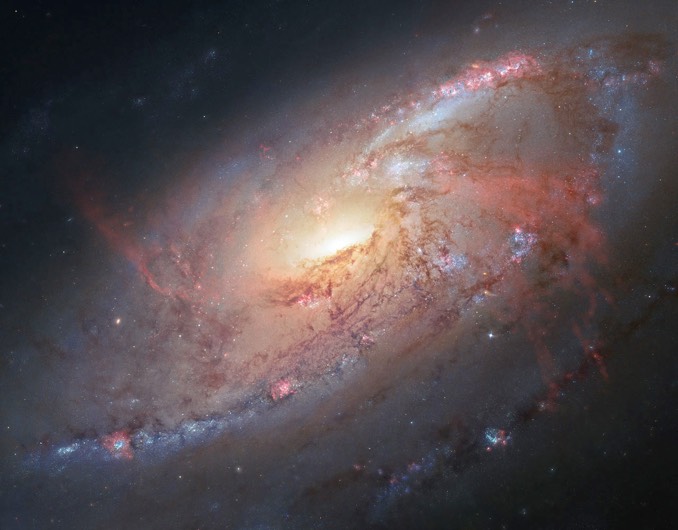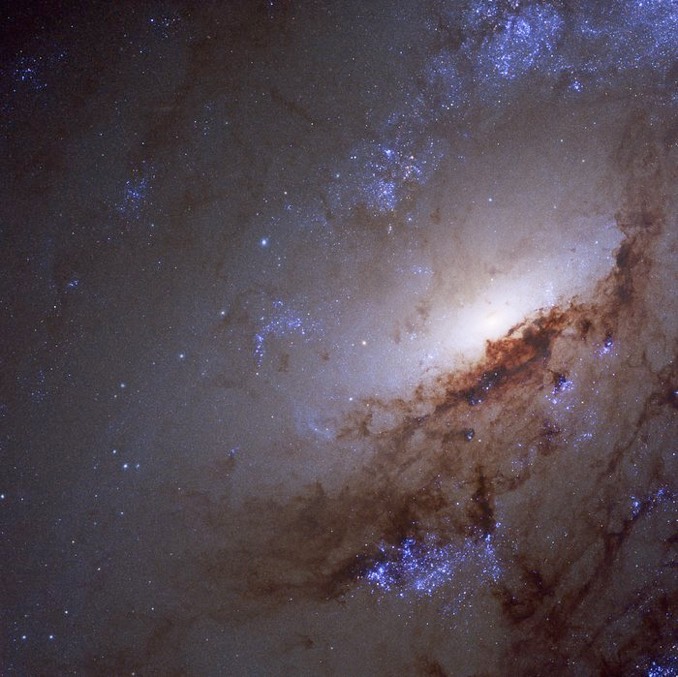At www.jpl.nasa.gov/news/news.php?feature=7369 (April 2019) … new observations indicate auroras on Jupiter are heating the planet's atmosphere – and that it is a rapid response to the solar wind buffeting the poles. This has big implications we might have thought as global warming on Earth may be facilitated by the same process – but not so (it is said with a straight face). The fact that earth facing ionosphere penetrating CMEs were quite prevalent in the 1990s and 2000s would in theory have something to do with rising temperatures in those two decades – and yet this is apparently not so. It can happen on Jupiter however, so we are informed by JPL (or the authros of this study using NASA data). It can't have anything to do with the fact it contradicts the AGW meme can it – and the authors don't want to put their heads above the parapet until it is safe to do so. The solar wind is a stream of plasma and Bob Johnson in one of his talks at an SIS meeting has explained how some solar wind streams (CMEs) can penetrate the magnetosphere and actually reach the surface of the Earth. This does not of course happen all the time as most CMEs are not powerful enough – or do not directly face the direction of the Earth when they erupt. Such penetrations overload the earth system with a lot of heat – which is eventually dissipated at the poles (and is precisely what is being described as happening on Jupiter). The heat penetrates much further downwards than scientists had previously imagined as possible.
Over at https://astronomynow.com/2019/04/01/astronomers-spot-asteroid-in-a-debri… … astronomers spot an asteroid in a debris spewing suicidal spin – captured by the Hubble telescope. Two distinct comet like tails of debris (dust, gravels and pebbles) are flung out into space as a result of solar heating (or more exactly, due to interaction with a dollop of solar wind). Is this what happens with comets as well?
At https://astronomynow.com/2019/03/11/originally-left-out-of-famous-catalo… … which refers to an underestimated galaxy that has just produced a wonderful display …

 … the image is a combination of data from the Hubble telescope and input from two amateur astronomers. That is even more remarkable.
… the image is a combination of data from the Hubble telescope and input from two amateur astronomers. That is even more remarkable.
